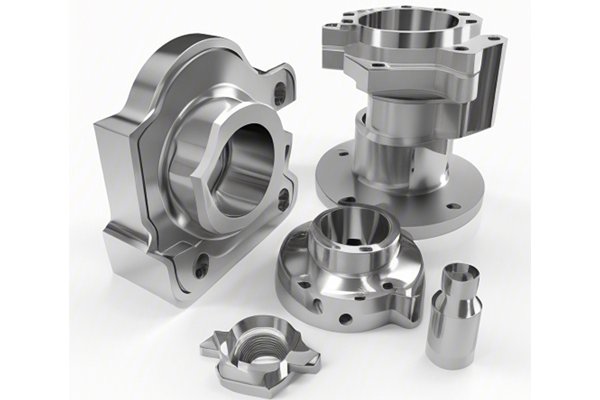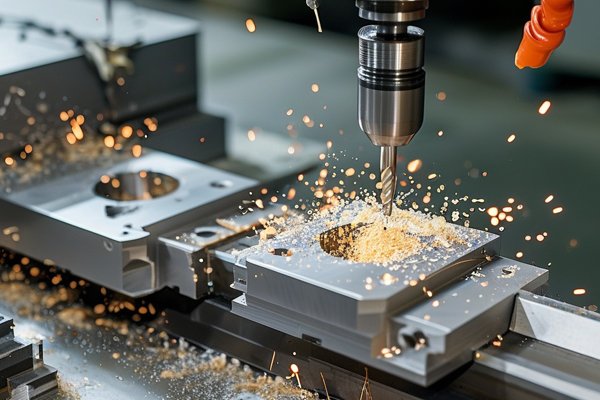In today’s fast-paced manufacturing landscape, understanding customer needs is not just an advantage—it’s a necessity. With the rise of agile businesses and a diverse range of industries relying on quality parts made through Computer Numerical Control (CNC) processing, the significance of accurately identifying and addressing customer requirements can hardly be overstated. At YL Machining, we aim to not just meet but exceed these expectations, ensuring a higher standard of excellence in everything we produce.
—
Navigating the world of CNC machining can feel overwhelming for customers, especially when they are faced with a multitude of options for materials, processing techniques, and finishing methods. This is where understanding customer needs plays a vital role. In this article, we delve deep into the methods and strategies that can be employed to analyze customer needs in plastic CNC processing, providing actionable insights for manufacturers like us at YL Machining.
By offering a detailed approach to needs analysis, we aim to equip you with the knowledge to refine your production processes, enhance customer satisfaction, and ultimately foster long-term business relationships.
—
CNC machining involves using computers to control machine tools, which leads to a high level of precision and repeatability in manufacturing processes. This technology allows us to produce intricate parts from various materials, including plastic, with high efficiency.
In the context of plastic CNC processing, several factors come into play:
Gaining clarity on how these elements align with customer needs is foundational to ensuring satisfaction.
—
Why is understanding customer needs crucial? Research suggests that companies that prioritize customer-centric strategies experience up to 60% higher profit margins compared to their competitors. Here are some compelling reasons:
In short, a solid grasp of customer needs is not just valuable—it’s a decisive factor in long-term success.
—
Identifying customer needs involves several critical steps:
4.
Start by engaging customers in discussions about their project requirements. Use open-ended questions to gather information about their expectations regarding:
4.
Every industry has its own set of standards that may dictate customer requirements. For example:

By being well-versed in industry-specific standards, manufacturers can better respond to customer needs.
4.
Analyzing data from past projects can provide insights into what has worked well and what hasn’t. Customer feedback forms, performance reports, and sales data can help shape expectations for new projects.
4.
Staying ahead of industry trends is essential. Analyze competitors and market leaders to understand how they meet customer needs. Trends in materials, processes, and customer preferences can provide useful insights.
—
Several approaches can be employed to analyze customer needs in plastic CNC processing:
5.
Design targeted surveys that help you extract specific information. Key components should include:
5.
Face-to-face or virtual interviews can elicit deeper insights. Focus on understanding customer goals and challenges.
5.
Bringing together a group of customers can allow you to gauge perceptions about your services and gather multiple viewpoints.
5.
Offering prototypes allows customers to test and provide feedback on designs before full-scale production.
—
Once customer needs are identified, the next crucial step is aligning production capabilities with these expectations. At YL Machining, we place a strong emphasis on:
6.
Offering tailored solutions helps us meet diverse customer needs effectively. Customization can extend to design, material selection, machining processes, and finishing options.
6.
Employing lean principles can enhance efficiency, reduce waste, and lead to faster turnaround times—all factors that have become non-negotiable for today’s customers.
6.
Embracing cutting-edge technologies (like advanced CNC machines and software) ensures precision and the ability to produce complex parts consistently.
6.
Implementing systematic quality checks throughout the production process is key. This not only assures customers of the quality but also facilitates continual improvement.
—
In a world where customer demands are evolving rapidly, understanding their needs is paramount for success in plastic CNC processing. At YL Machining, our commitment goes beyond merely producing parts; we strive to forge meaningful relationships with our customers through thoughtful engagement and tailored solutions.
By harnessing comprehensive needs analysis and coupling it with efficient production practices, we seek not just to meet but to exceed expectations. The insights shared in this article are part of our ongoing journey to enhance customer satisfaction and deliver excellence.
Together, let’s create a future where innovation and understanding merge to bring your visions to life—one precision part at a time.
Contact Us*: For more about our services and how we can cater to your specific needs, reach out today!






